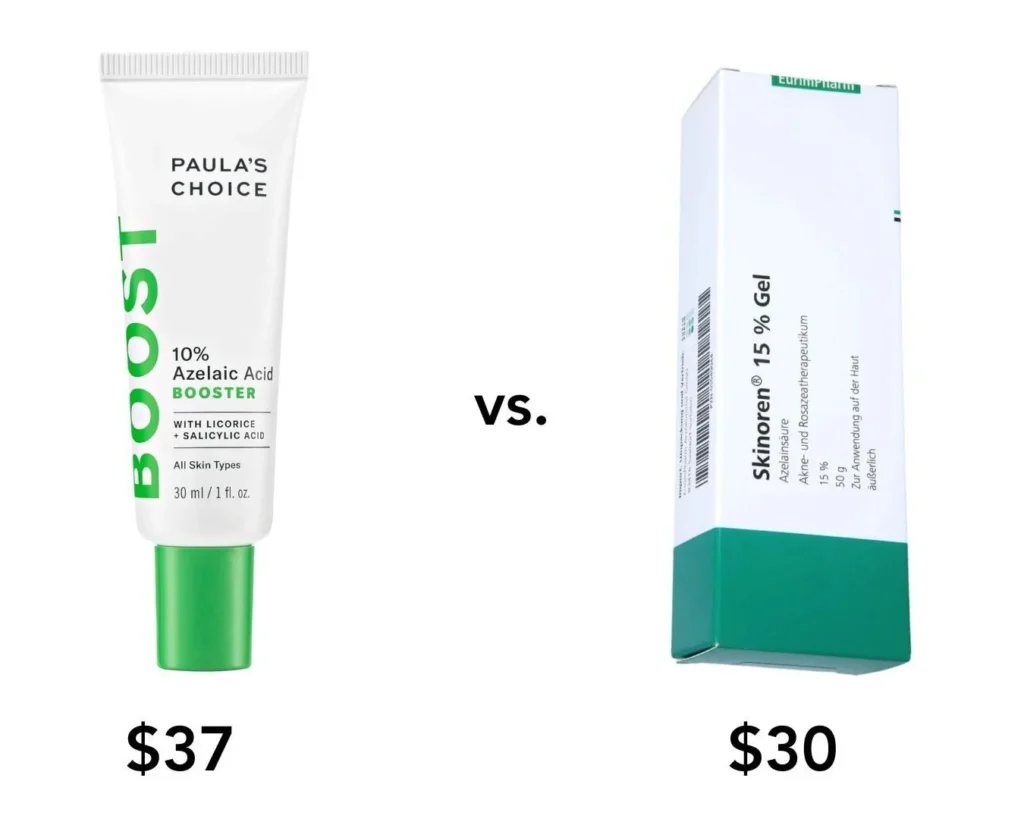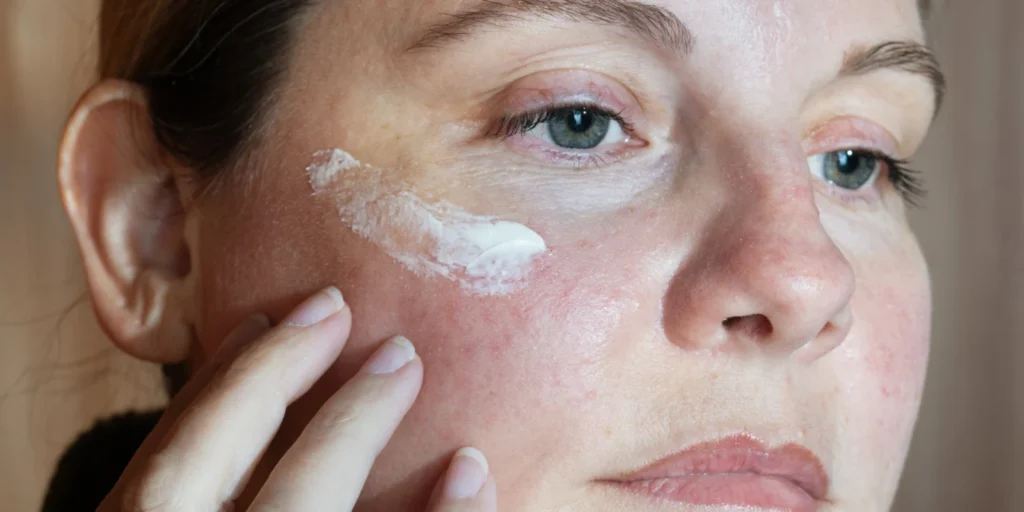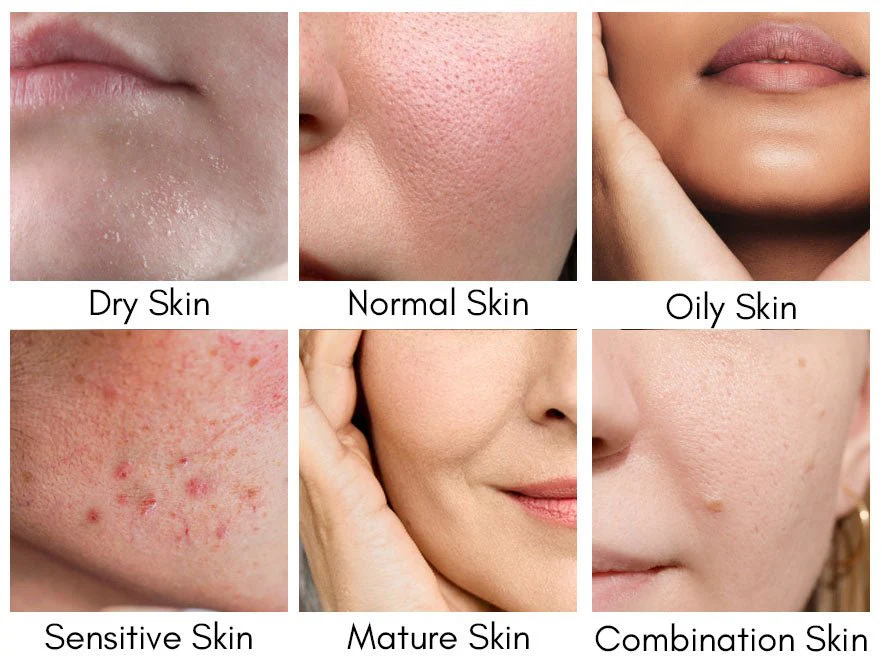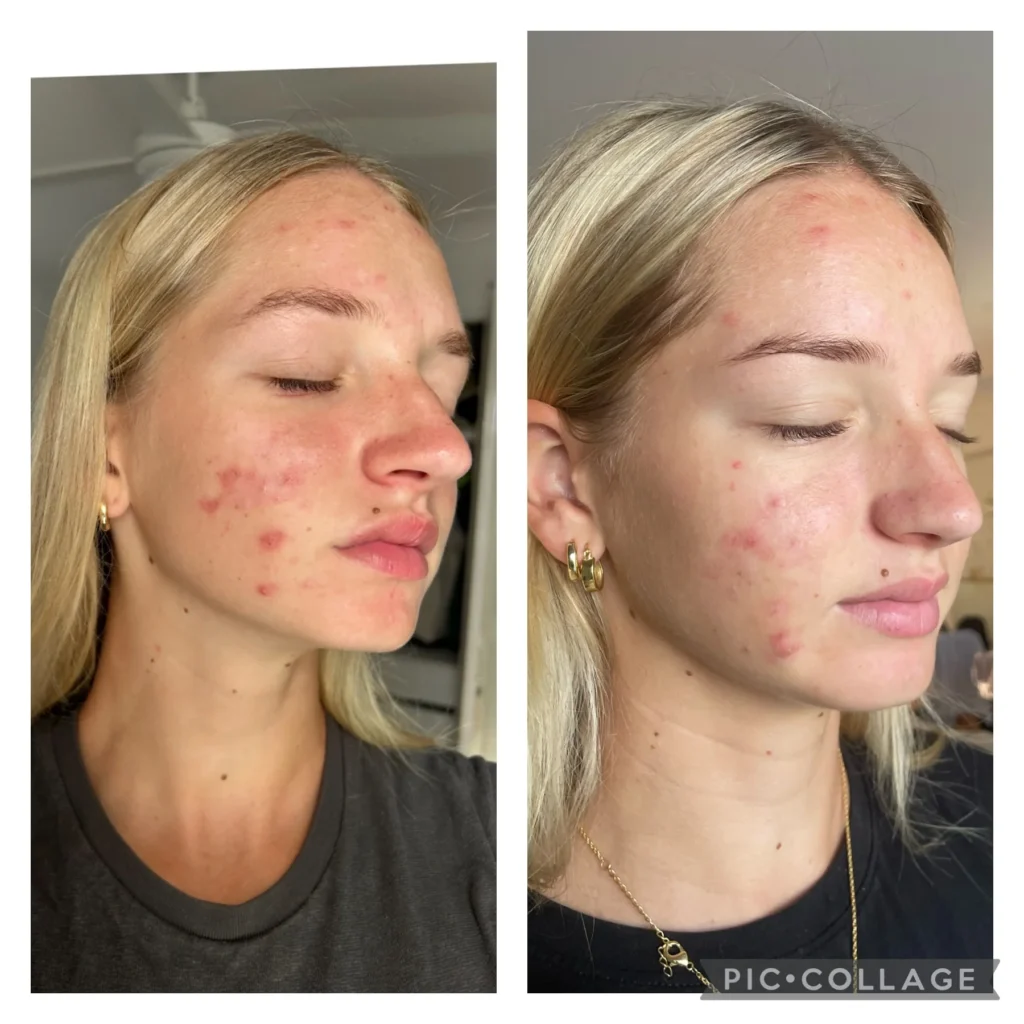If you’ve ever stood in the skincare aisle, staring at two bottles promising clearer, brighter skin, you know the feeling of “analysis paralysis.” You’ve likely heard the buzz around Azelaic Acid and Salicylic Acid. They both have legions of devoted fans and are hailed as A-list ingredients for tackling breakouts and uneven skin. But which one is right for you? You’ve read the blogs, watched the videos, and now you’re wondering, “Which one do I actually buy? What if I choose wrong and make my skin worse?”
Deep breath. You’re in the right place.
This is not just another article that will list facts and leave you to figure it out. This is your definitive decision-making guide. We’re going to move beyond the hype and create a clear framework, helping you understand the unique “personality” of each acid so you can confidently choose the perfect match for your skin’s unique story.
Quick Answers: At-a-Glance Comparison
For those who want a rapid overview, here is a direct comparison of the two acids.
| Feature | Azelaic Acid | Salicylic Acid |
| Acid Type | Dicarboxylic Acid | Beta-Hydroxy Acid (BHA) |
| Primary Action | Calms inflammation, kills bacteria, inhibits pigment production, normalizes skin cell turnover. | Deeply exfoliates pores, dissolves oil, breaks down clogs and debris. |
| Best For | Redness, rosacea, post-acne marks (PIH), sensitive acne-prone skin, uneven skin tone. | Oily skin, blackheads, whiteheads, clogged pores, active non-inflammatory acne. |
| Solubility | Water-soluble | Oil-soluble (Its superpower) |
| Gentleness | Generally gentle; can cause mild, temporary itching. | Can be drying or irritating, especially for sensitive skin or at higher concentrations. |
Understanding the Players: The “Personality” of Each Acid
To truly understand which to choose, think of them as two highly skilled professionals hired to fix your skin. They have different specialties and approaches.
Azelaic Acid: The Calm, Multi-Tasking Regulator
Think of Azelaic Acid as the calm, collected “Peacekeeper” or “General Manager” for your skin. It doesn’t just do one thing; it oversees multiple processes to restore order and balance. It’s known for its gentle-but-firm approach, making it a favorite for those whose skin is reactive and easily upset. Its job is to reduce redness, fight bacteria, gently nudge skin cells to behave correctly, and tell pigment-producing cells to calm down. It aims for overall harmony and stability.
Salicylic Acid: The Deep-Cleaning, Oil-Busting Specialist
Salicylic Acid, on the other hand, is the highly specialized “Expert Plumber” for your pores. It has one primary mission: to go where other acids can’t. Because it’s oil-soluble, it bypasses the surface and dives deep into the oil-filled pores to break up the stubborn clogs of sebum and dead skin cells that cause blackheads and breakouts. Its approach is direct, targeted, and incredibly effective at clearing out the gunk and keeping the “pipes” clean.
The Core Decision: Which Acid for Which Goal?
Now for the heart of the matter. Let’s move away from a simple ingredient list and focus on your specific skin goals.
Goal #1: For Blackheads, Clogged Pores & Oily Skin
The Clear Winner: Salicylic Acid
Why It Wins: This isn’t even a fair fight. Salicylic acid’s oil-solubility is the key. It’s uniquely capable of penetrating the pore lining and dissolving the hardened mixture of oil and dead skin that forms blackheads and comedones. It cleans from the inside out.
When Azelaic Acid Helps: Azelaic acid contributes by helping to normalize skin cell turnover on the surface, which can prevent future clogs from forming. However, for actively clearing out existing, stubborn blackheads and congestion, it is not the primary tool for the job.
Goal #2: For Fading Red/Brown Marks & Uneven Tone (Hyperpigmentation)
The Clear Winner: Azelaic Acid
Why It Wins: Azelaic acid is a tyrosinase inhibitor. In simple terms, it directly interferes with the enzyme responsible for producing excess melanin (pigment). This allows it to effectively prevent and fade the brown spots (post-inflammatory hyperpigmentation or PIH) and even help with the red marks (post-inflammatory erythema or PIE) left behind after a breakout.
How Salicylic Acid Helps: Salicylic acid can help fade surface-level dark spots, but it does so indirectly. By speeding up exfoliation, it helps shed the pigmented skin cells faster. It’s a helpful sidekick in this process, but azelaic acid is the star player.
Goal #3: For Calming Red, Inflamed Pimples & Rosacea
The Clear Winner: Azelaic Acid
Why It Wins: This is where Azelaic Acid’s personality as a “Peacekeeper” truly shines. It has powerful anti-inflammatory properties that are clinically recognized for their ability to soothe redness and calm the angry, inflamed pimples associated with both acne and rosacea. For skin that is sensitive and easily irritated, azelaic acid is a safe haven.
A Word of Caution: While salicylic acid also has some anti-inflammatory benefits, its primary exfoliating action can be too harsh and stimulating for skin that is already compromised by rosacea or significant inflammation, potentially making redness worse.
The Advanced Course: How to Use Them Together Safely
What if you have a combination of issues—clogged pores and red, post-acne marks? The good news is, yes, you can use both. But you must do it with a smart, careful strategy to protect your skin barrier.
The Short Answer: Yes, But With a Smart Strategy!
Never start both acids at the same time. The key is to introduce them slowly and listen to your skin.
Safe Combination Strategies: Your Step-by-Step Guide
- Method 1: Alternating Nights (The Safest Start): This is the best method for beginners. Use a salicylic acid product on Monday night, give your skin a break on Tuesday, use an azelaic acid product on Wednesday, break on Thursday, and so on.
- Method 2: Different Times of Day (AM/PM Routine): Once your skin is accustomed to both, you can use them on the same day. A common routine is to use a gentle salicylic acid cleanser in the morning (as it’s rinsed off) and a leave-on azelaic acid serum or cream at night.
- Method 3: Zoning or Spot Treating: Apply the acids to different areas of your face based on need. For example, use a salicylic acid serum on your oily, blackhead-prone T-zone, and apply azelaic acid to your cheeks where you might have redness or post-acne marks.
The Golden Rules of Combining Actives
- Introduce One at a Time: Use one acid for at least 3-4 weeks to confirm your skin tolerates it before even thinking about adding the second.
- Hydration is Key: Acids can be drying. Support your skin barrier with hydrating serums (like hyaluronic acid) and a quality, non-comedogenic moisturizer.
- Sunscreen is Non-Negotiable: Both acids increase photosensitivity. You must apply a broad-spectrum SPF 30+ sunscreen every single morning, without exception.
The Final Verdict: Your Personal Decision Tree
Let’s make this simple. Read the statements below and see which category you fall into.
Choose SALICYLIC ACID if…
- ✅ Your #1 concern is blackheads, whiteheads, clogged pores, and an oily T-zone.
- ✅ Your skin is generally resilient, tough, and not easily irritated.
Choose AZELAIC ACID if…
- ✅ Your #1 concern is the red or brown marks that pimples leave behind.
- ✅ You struggle with overall redness, sensitivity, or have been diagnosed with rosacea.
- ✅ You have acne but find most traditional treatments too harsh and drying.
- ✅ You are pregnant or breastfeeding and need a skin-safe acne treatment (always confirm with your doctor).
Consider USING BOTH (Carefully) if…
- ✅ You have a complex mix of issues: your T-zone is clogged with blackheads, but your cheeks have red marks and sensitivity.
- ✅ You are an experienced skincare user whose skin has already proven its tolerance for single acids.
Frequently Asked Questions (FAQ)
1. How long does it take to see results?
Patience is key. For salicylic acid, you might see a reduction in blackheads and oiliness within 2-4 weeks. For azelaic acid, improvements in texture and active acne can take 4-6 weeks, while significant fading of hyperpigmentation can take 3-6 months of consistent use.
2. Can I use Vitamin C with azelaic or salicylic acid?
Yes, but carefully. The most common advice is to use Vitamin C in your morning routine and the acid (either one) in your evening routine to avoid potential irritation and ensure the stability of the Vitamin C.
3. Which one is better for deep, cystic, or hormonal acne?
For deep, painful cystic acne, neither is a magic bullet, and a dermatologist’s care is often needed. However, Azelaic Acid is generally a better choice as it targets the inflammation and bacteria associated with hormonal acne with less irritation than high-strength salicylic acid might cause.
4. Do I still need to use a moisturizer after applying these acids? Absolutely, yes.
Skipping moisturizer is a common mistake that leads to a damaged skin barrier. After applying your acid serum and letting it absorb, always follow up with a good moisturizer to lock in hydration and support your skin.
Listen to Your Skin’s Story (Conclusion)
In the “Azelaic Acid vs. Salicylic Acid” debate, there is no universal champion. The best ingredient is the one that listens to your skin’s specific needs and respects its unique personality. Whether you need the deep-cleaning specialist or the calm, multi-tasking regulator, you now have a clear framework to choose your ally with confidence.
Start slowly, be consistent, protect your skin from the sun, and listen to the feedback it gives you. You are now the empowered expert of your own skincare journey.
References
- Arif, T. (2015). Salicylic acid as a peeling agent: a comprehensive review. Clinical, Cosmetic and Investigational Dermatology, 8, 455–461. https://www.ncbi.nlm.nih.gov/pmc/articles/PMC4554394/
- Zaenglein, A. L., et al. (2016). Guidelines of care for the management of acne vulgaris. Journal of the American Academy of Dermatology, 74(5), 945–973.e33. (This comprehensive guideline discusses the role of both salicylic acid and azelaic acid in acne treatment). https://www.jaad.org/article/S0190-9622(15)02614-6/fulltext
- U.S. National Library of Medicine. (2021). Azelaic Acid Topical. MedlinePlus. https://medlineplus.gov/druginfo/meds/a603020.html
- Thiboutot, D., et al. (2009). Standard management options for rosacea, part 2: options according to subtype. Journal of the American Academy of Dermatology, 61(3), 369–373. (Discusses the efficacy of azelaic acid for papulopustular rosacea). https://pubmed.ncbi.nlm.nih.gov/19700013/




